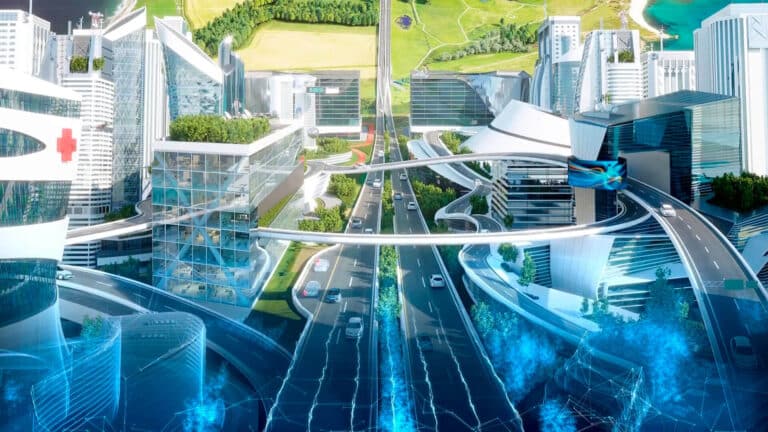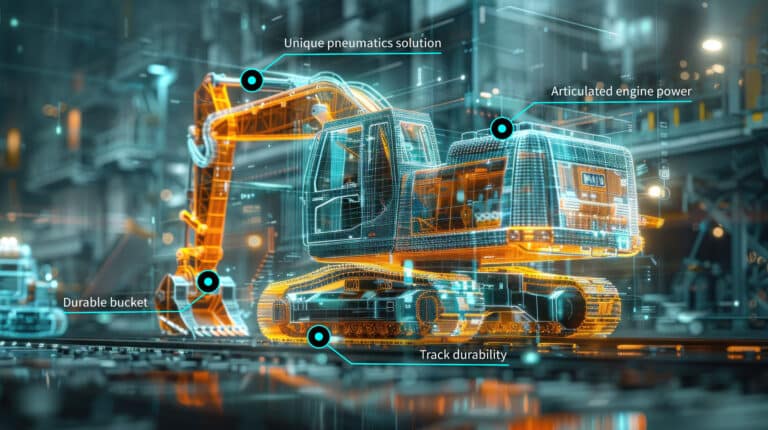What is Information Architecture?
Information architecture (IA) refers to the organisation and structuring of information in a clear and understandable way. As a practise, it is underpinned by library science and cognitive psychology, and it can relate to anything from the underlying structures of websites and printed materials, to the layout of physical spaces – anything, where the experience of the person using the product or service needs to be guided and made effective by design.
At the heart of information architecture there is the creation of structures that help users navigate and use the system, and find what they are looking for. On a practical level, information architecture results in the creation of site maps, hierarchies, categorizations, navigation, and metadata.
To give a real world example, imagine arriving for an emergency visit at the hospital, but not being able to find the correct entrance because of confusing or missing signposts. You walk around the building, knocking on doors and windows, and eventually somebody guides you to the correct entrance – only to discover the door is locked.
Similar frustration frequently occurs when navigating the online world. If you cannot find what you are looking for on a website, it is likely you end up frustrated and using another service. Successful information architecture is often ‘invisible’, whereas we quickly realise when it has failed. In both the online and the physical worlds, information architecture is crucial in providing a positive user experience that helps people achieve their goals.
Stereoscape’s SMARTSCAPE® solution for an “Interactive Tug Boat ” – an interactive product presentation that consists of powerful 3D visualisations and multiple layers of content
Creating effective Information Architecture
Designing effective information architecture will help you tell your story in a way that makes an impact on your audience. Below are some areas of consideration when beginning the IA design process.
Understand user expectations
The goal of information architecture is to structure information so that it is easily usable and findable. To succeed, one needs to consider what the user expects to see. Information is easier to discover when it’s in a place that matches the user’s expectations. To understand the user preferences and expectations, research must be undertaken, and the design process based on research findings. The research could take the shape of usability tests, stakeholder and user interviews, and card sorting exercises.

Limit choices to help focus
Just like a computer has limited processing power, the human capacity to process information at any given moment is limited. This is why it is important for information architecture to consider the ‘cognitive load’ of a user, and provide just enough information to complete a task. Too many choices can overwhelm, whereas a limited amount of information available at any one time helps absorb it. Ideally, one should provide a structure that helps people understand what is available, and how they can access more information or options, as they dig deeper.
Multiple pathways
Different people use different methods for finding the information they are after. Information architecture needs to ensure there are different ways to browse or access the content users are interested in.
Effective navigation
How people move through content or a service also falls within the domain of information architecture. Specifically, information architecture must enable users to fulfil their goals by guiding them through the service, whether it is a website or a physical world experience.

Visual hierarchy
Any content must be easily readable to be effective, whether on a website or on an information board in a physical space. Physical differences of objects, such as size, colour, contrast, alignment and so on help the brain distinguish between them, and understand their relative importance. People typically scan a page visually before reading it, to gauge a general sense of interest. Therefore understanding eye-scanning patterns is also important for designing effective visualisation.
To sum up…
We live in a world where people expect to find a solution to their problems quickly and effortlessly. If the process of finding information is too complex, slow, or confusing, there’s a high risk that people will simply give up and find an alternative that is more user-friendly. Good IA, in contrast, facilitates a positive user-experience.
The next blog turns to look at how information architecture underpins interactive, multi-layered storytelling, and helps personalise and customise content for effective B2B marketing and sales.

